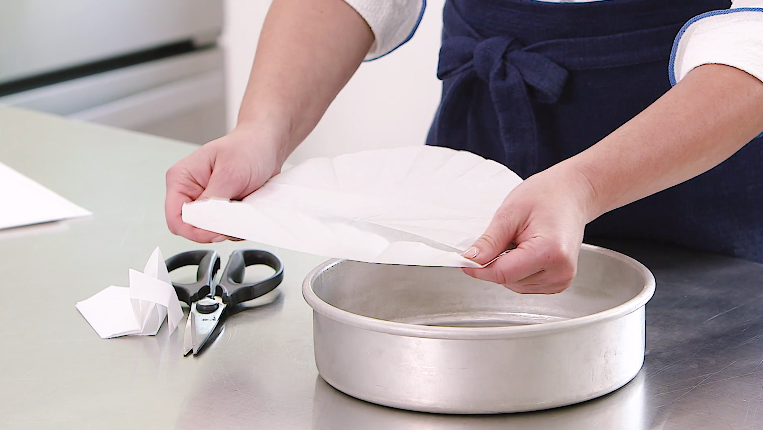How Deep Is a Shallow Baking Pan When Grilling and Smoking?
Written By Avi Green
When it comes to barbecue, grilling and smoking enthusiasts are always on the lookout for the perfect tools to bring their culinary creations to life. One such essential tool is the shallow baking pan. But a common question arises: How deep is a shallow baking pan? This seemingly simple question can have a significant impact on your barbecue experience.
Understanding the depth and functionality of a baking pan can enhance your grilling and smoking techniques, ensuring you achieve mouthwatering results every time. Let's dive into the world of shallow baking pans and uncover their secrets.

The Typical Depth of a Shallow Baking Pan
Shallow baking pans are characterized by their low sides and are typically around 1 inch to 2 inches deep. This depth is optimal for grilling and smoking as it allows for even heat distribution and better air circulation around your food. The shallow depth also makes it easier to achieve that perfect balance of crispy edges and tender insides.

Why Depth Matters in Barbecue
The depth of your shallow baking pan can have a significant impact on your barbecue results. A shallow pan helps in:
- Achieving Even Cooking: The shallow depth ensures that heat is evenly distributed, preventing any hot spots that might burn or undercook your food.
- Optimal Air Circulation: Proper air circulation is crucial for smoking, allowing the smoke to envelop and infuse your food with rich, smoky flavors.
- Crispy Texture: Shallow pans help create a crispy exterior while keeping the interior moist and flavorful.

Perfect Pan Size for Barbecue Enthusiasts
Choosing the right size and depth of your baking pan can be a game-changer in your barbecue endeavors. For most grilling and smoking tasks, a shallow baking pan with dimensions around 9x13 inches works well. This size is versatile, fitting various cuts of meat and vegetables while providing ample space for proper heat distribution.
Additionally, the shallow depth ensures your food isn't swimming in its juices, which can hinder the formation of that desired crispy crust. For more insights on selecting the perfect pan size, check out this pan size guide.

Materials and Their Impact on Depth
The material of your baking pan plays a role in how heat is conducted and retained. Common materials include:
- Aluminum: Known for its excellent heat conductivity, aluminum pans heat up quickly and evenly. They are lightweight and resistant to rust, making them a popular choice among barbecue enthusiasts.
- Stainless Steel: Stainless steel pans are durable and resistant to warping. They offer decent heat distribution but may take longer to heat up compared to aluminum.
- Cast Iron: Cast iron pans are renowned for their heat retention properties. They maintain a steady temperature and distribute heat evenly, making them ideal for slow-cooking smoked dishes.
The choice of material, combined with the shallow depth, can significantly impact your barbecue results. Learn more about different pan materials here.
Using Shallow Pans for Grilling and Smoking
Shallow baking pans are versatile tools in your barbecue arsenal. Here are a few ways you can use them:
- Marinating and Seasoning: Use the shallow pan to marinate your meat or vegetables. The low sides make it easy to coat the ingredients evenly with marinade or seasoning.
- Smoking Trays: Place wood chips or pellets in the shallow pan to create a smoking tray. This method works excellently for adding smoky flavors to your grilled dishes.
- Grilling Vegetables: Shallow pans are perfect for grilling vegetables. The low sides allow you to toss and flip the veggies easily, ensuring even cooking and a delicious char.
To explore more creative ways to use your shallow baking pan, visit this guide.
Faq Section
How Do I Know If a Baking Pan Is Nonstick?
Identifying a nonstick baking pan is crucial for easy food release and cleaning. Most nonstick pans have a dark, smooth surface. Learn more about it here.
What Should I Do If I Use a Dark Pan When Baking?
Dark pans absorb more heat, which can cause your food to cook faster than expected. To avoid this, reduce the oven temperature by 25F and check for doneness earlier. For more tips, visit this article.
How Do I Get Burnt Sugar Off a Baking Pan?
Dealing with burnt sugar can be challenging. Soak the pan in hot, soapy water for a few hours, then gently scrape off the residue with a soft sponge. For detailed steps, check out this guide.
As an Amazon Associate, I earn from qualifying purchases.
As an Amazon Associate, I earn from qualifying purchases.



